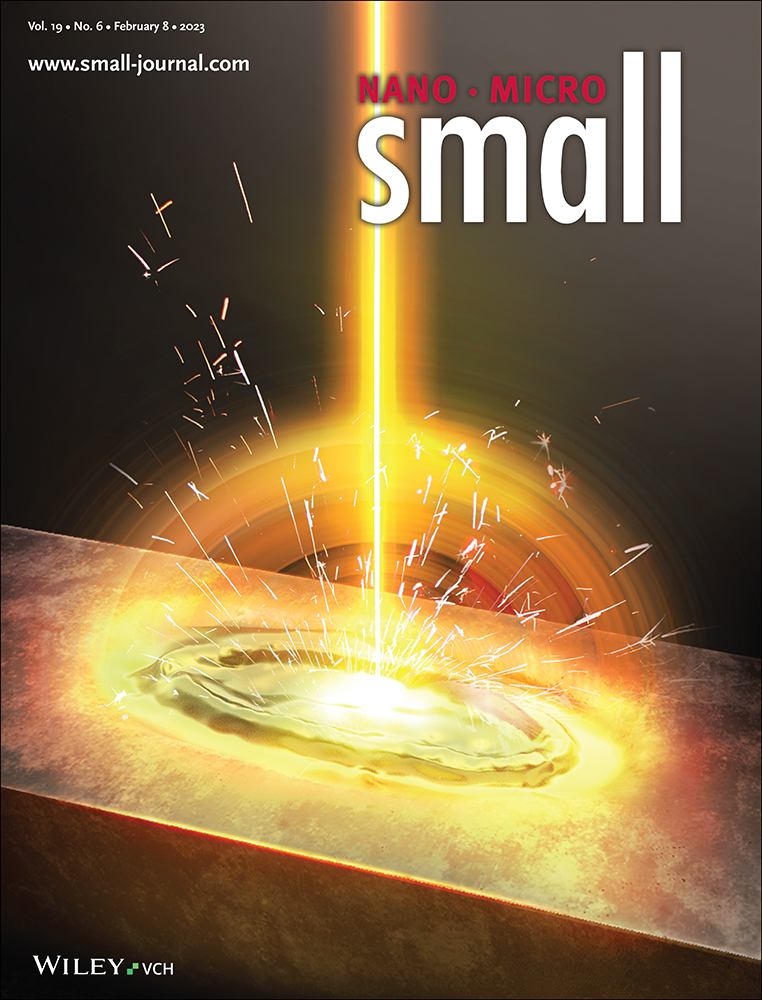Chiral Transport in Nanochannel Based Artificial Drug Transporters
Abstract
The precise regulation of chiral drug transmembrane transport can be achieved through drug transporters in living organisms. However, implementing this process in vitro is still a formidable challenge due to the complexity of the biological systems that control drug enantiomeric transport. Herein, a facile and feasible strategy is employed to construct chiral L-tyrosine-modified nanochannels (L-Tyr nanochannels) based on polyethylene terephthalate film, which could enhance the chiral recognition of propranolol isomers (R-/S-PPL) for transmembrane transport. Moreover, conventional fluorescence spectroscopy, patch-clamp technology, laser scanning confocal microscopy, and picoammeter technology are employed to evaluate the performance of nanochannels. The results show that the L-Tyr nanochannel have better chiral selectivity for R-/S-PPL compared with the L-tryptophan (L-Trp) channel, and the chiral selectivity coefficient is improved by about 4.21-fold. Finally, a detailed theoretical analysis of the chirality selectivity mechanism is carried out. The findings would not only enrich the basic theory research related to chiral drug transmembrane transport, but also provide a new idea for constructing artificial channels to separate chiral drugs.
Conflict of Interest
The authors declare no conflict of interest.
Open Research
Data Availability Statement
The data that support the findings of this study are available from the corresponding author upon reasonable request.




